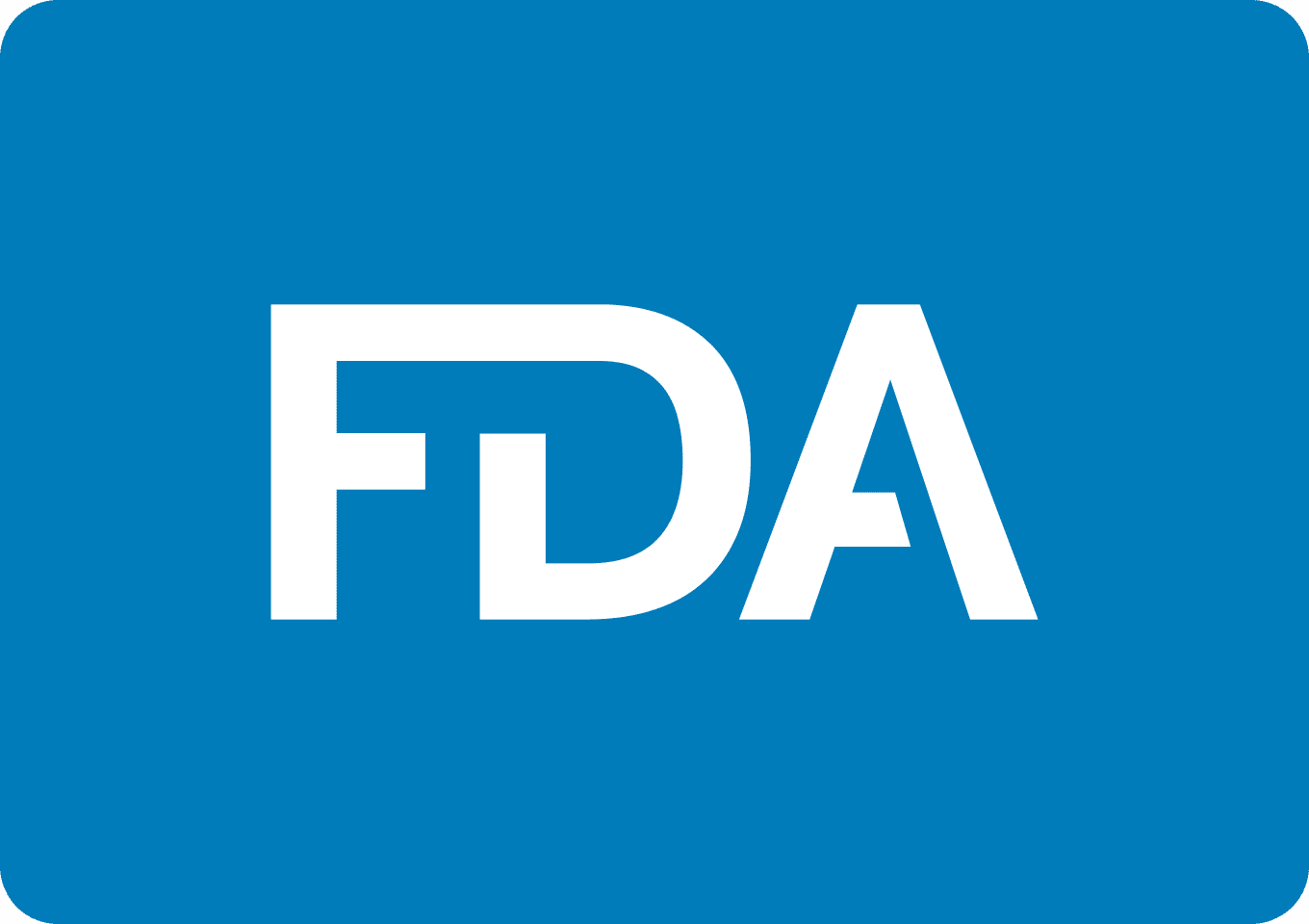Blog
Get Ready for FDA E2B(R3):
What PV Teams Need to Know
Aug 05, 2025 | Christina Kim and Celine Ghafari
Aug 05, 2025 | Christina Kim and Celine Ghafari
This edition of Veeva’s Safety Newsletter spotlights the FDA E2B(R3) reporting requirement for serious and unexpected suspected adverse reactions (SUSARs) and what PV teams need to do to prepare for the upcoming deadline.
Assess Your Readiness for FDA E2B(R3) Deadline
On April 1, 2026, the FDA will require sponsors to report serious and unexpected suspected adverse reactions (SUSARs) using the updated E2B(R3) electronic format. For sponsors who previously submitted via MedWatch or other narrative forms, the E2B(R3) format requires a number of updates to individual case safety report (ICSR) submission processes to ensure compliance with the new standard.
With the deadline less than 10 months away, pharmacovigilance (PV) teams should assess their systems, processes, and overall readiness now. Importantly, if you outsource ICSR submissions, you need to ensure your CROs are ready to meet E2B(R3) requirements.
What is the goal of E2B(R3)?
E2B(R3) is an international standard developed by ICH to standardize and harmonize data elements of ICSR submissions to improve data quality, speed, and consistency in the reporting of SUSARs to regulatory bodies. The additional data collected allows for more comprehensive and specific reporting of SUSARs. E2B(R3) is already mandatory for EMA and other health authorities.
Who is required to submit via E2B(R3)?
As of April 1, 2026, this requirement impacts any company that has an IND study registered with FDA and is currently using paper forms for ICSR submissions AND submitting post-marketed ICSRs to FDA in the E2B(R2) format. Companies that are not currently submitting with FDA E2B(R2) are not affected by this requirement.
What are the significant changes?
The FDA’s E2B(R3) requirement mandates the electronic submission of ICSRs in a standardized, XML-based format. It introduces new regional data elements, data validation, and data privacy considerations. The biggest change is for new clinical submissions, which now require validated data elements compared to the previous PDF-format MedWatch forms. There are also significant differences in the changes to post-market submissions, combination product submissions, and pre-market submissions.
What should PV teams do to prepare?
To prepare for the transition to E2B(R3), PV teams should test and validate that their submissions meet the required technical specifications. PV teams should:
- Review data entry procedures for regional required fields.
- Update transmission profiles. For INDs, update study registrations and FDA rulesets.
- Run FDA test case scenarios, as well as generic case data. For INDs:
- Test cross-reportable cases for FDA and foreign entities, and for pre- and post-market submissions
- Suspect products involved in multiple studies
- For outsourced case processing, verify that your CRO meets E2B(R3) requirements
For companies that are prepared to make the transition, E2B(R3) will improve accuracy of case data, speed up case processing, and move one step closer to global harmonization of data standards. Veeva Safety is E2B(R3) compliant out-of-the-box, with built-in validation. Technology systems that are not E2B(R3) ready may require significant upgrades to comply with the new standard, creating potential risks and delays, especially for INDs.

Providing Regulatory Submissions in Electronic Format: IND Safety Reports: Guidance for Industry
Read the FDA Guidance for Industry to ensure your PV systems and processes are in compliance with E2B(R3) by April 1, 2026.

FDA E2B R3: Safety Community Meeting – June 2025
Hear Veeva Product experts walk through the E2B(R3) requirements with the Veeva Safety Community and learn what PV teams need to do to prepare for the deadline.
Watch a 4-minute demo showing how Veeva Safety supports E2B(R3) requirements out-of-the-box.
To receive a monthly Safety newsletter in your inbox, subscribe here